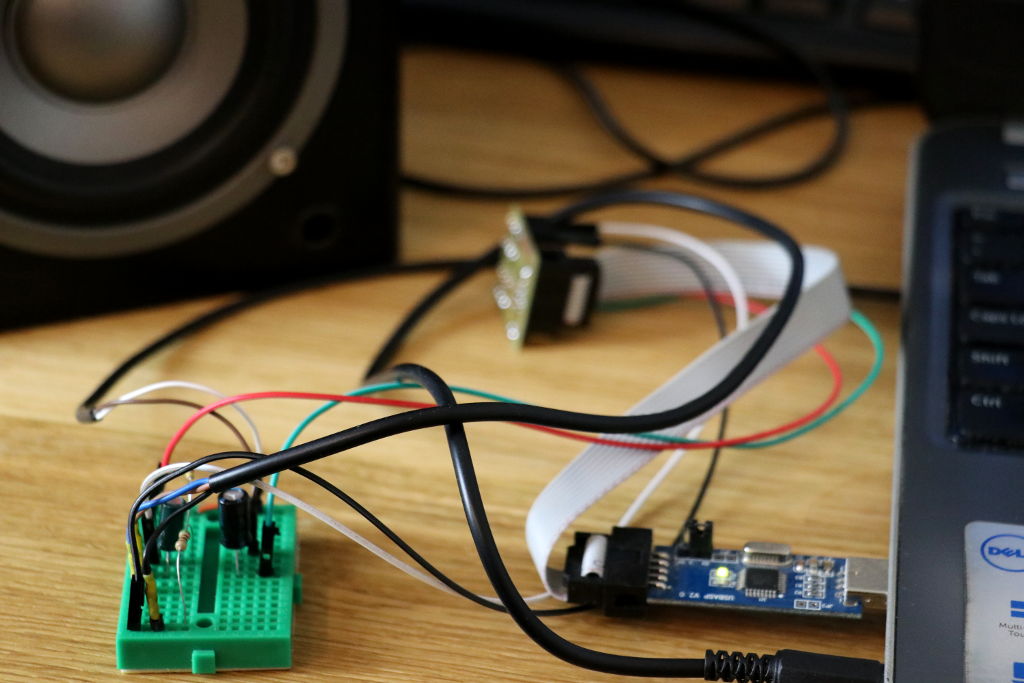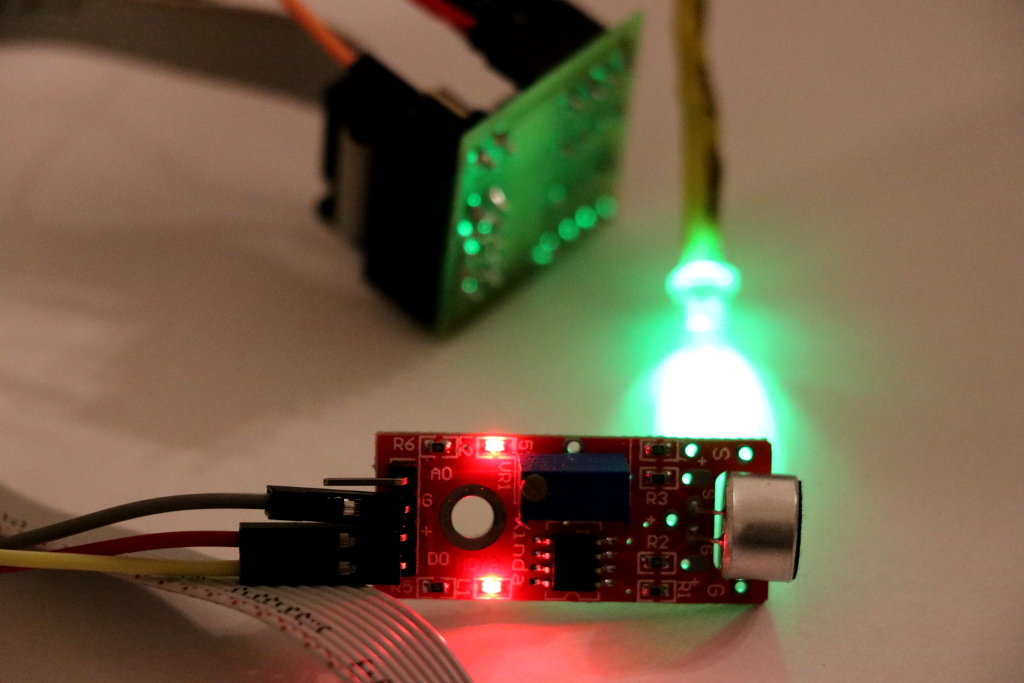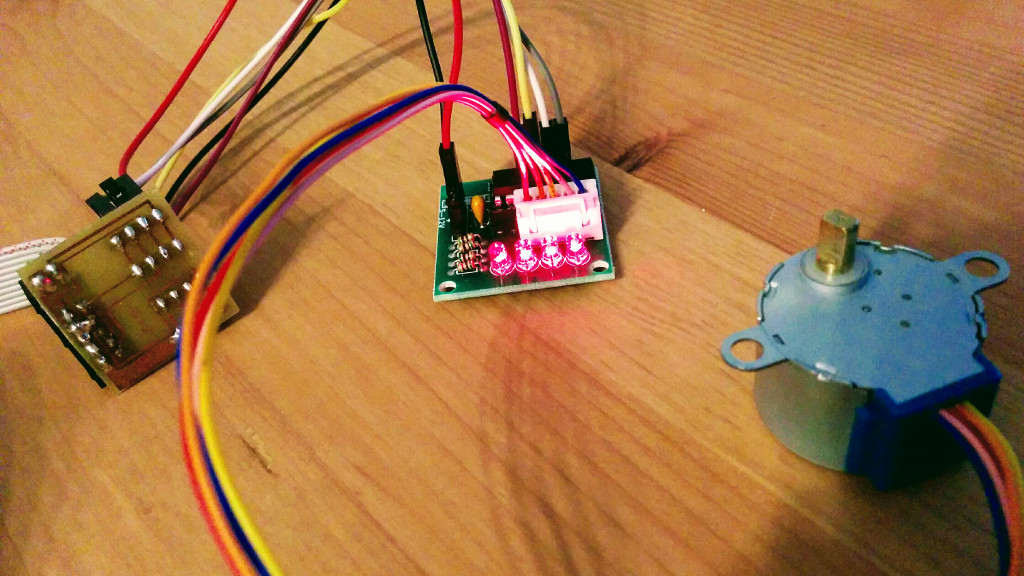Arduino – blinky with delay function
This is another blinky project. A “Hello World” program for the electronics. This version of “blinky” example is using delay function to make an onboard LED blink for roughly one second. The code is on Github, click here. Parts Required Arduino board (i.e. Arduino/Genuino UNO) Software This code is written in C++ and can be compiled using an Arduino IDE. All … Read more




